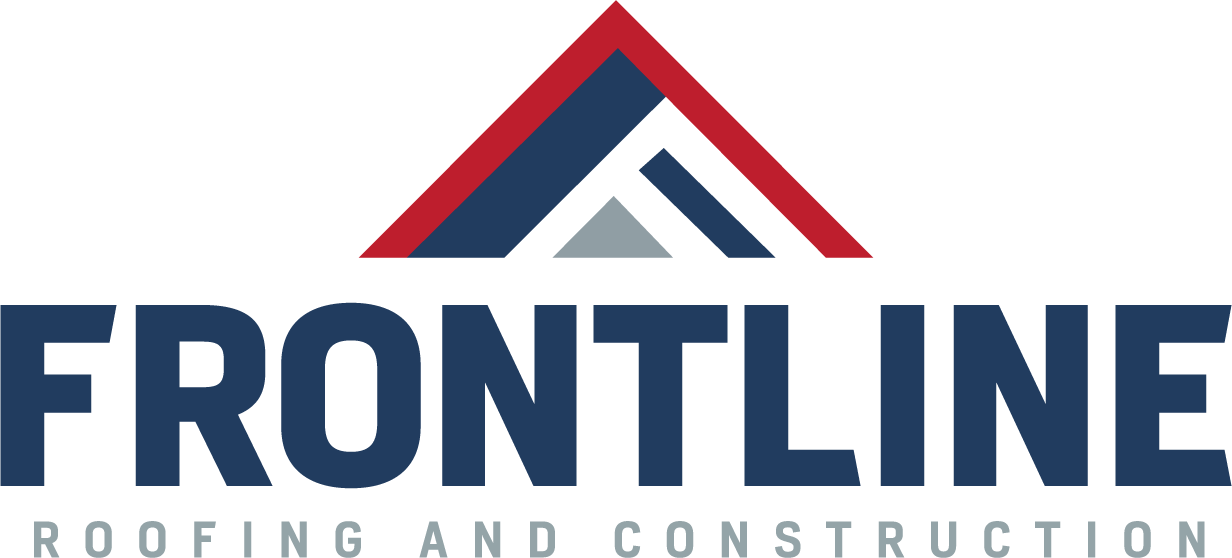Stop Roof Leaks Before They Start: Essential Tips for Heavy Rain Protection
As a homeowner in Stillwater, Oklahoma, you're probably aware that heavy rains can lead to some serious issues, especially when it comes to your roof. A compromised roof can result in leaks that may damage your home's interior, leading to costly repairs and significant stress. At Frontline Roofing and Construction, we understand the importance of keeping your roof in top condition. In this blog post, we'll delve into some practical steps on how to prevent roof leaks during heavy rain.
Regular Roof Inspections
One of the most effective ways to prevent roof leaks is to schedule regular roof inspections. It's recommended to have a professional roofing contractor inspect your roof at least twice a year, preferably in the spring and fall. During these inspections, the contractor will check for damaged shingles, potential weak spots, and areas where water might pool.
### Key Points for Roof Inspections:
- Look for missing or damaged shingles
- Inspect for signs of water damage or mold
- Check the integrity of the flashing around chimneys, vents, and other roof penetrations
- Ensure gutters and downspouts are clear of debris
Maintain Clean Gutters and Downspouts
Clogged gutters and downspouts can lead to water overflowing onto your roof, increasing the risk of leaks. Regularly cleaning your gutters ensures that rainwater flows smoothly away from your home.
Gutter Maintenance Tips:
- Remove leaves, twigs, and other debris at least twice a year
- Consider installing gutter guards to reduce debris buildup
- Ensure downspouts direct water at least 3 feet away from your home’s foundation
Install a Waterproof Roof Underlayment
A waterproof underlayment acts as an additional barrier against water infiltration. While traditional felt paper underlayment provides some protection, a waterproof membrane offers superior performance, especially during heavy rainfall.
Benefits of Waterproof Underlayment:
- Provides an extra layer of protection
- Prevents water infiltration even if shingles are damaged
- Helps prolong the lifespan of your roof
Ensure Proper Attic Ventilation
Proper ventilation in your attic helps regulate temperature and moisture levels, reducing the risk of condensation which can contribute to roof leaks. Proper ventilation can also help prevent ice dams in colder months, which can cause water to back up and leak into your home.
Ventilation Tips:
- Use a combination of ridge vents and soffit vents for optimal airflow
- Ensure vents are not blocked by insulation or debris
- Inspect your attic for signs of moisture or mold
Trim Overhanging Tree Branches
Trees add beauty to your property, but overhanging branches can pose a risk to your roof. During a storm, these branches can break off and damage your shingles, creating potential leak points.
Tree Maintenance Advice:
- Trim branches that hang over your roof
- Regularly check trees for signs of disease or weakness
- Consult a professional arborist for large or complex tree-trimming tasks
Schedule Professional Roof Repairs Promptly
If you notice any signs of roof damage or potential leaks, don't wait to address them. Prompt repairs can prevent minor issues from becoming major problems. At Frontline Roofing and Construction, we offer reliable roofing repair services to ensure your home remains protected.
Signs You May Need Roof Repairs:
- Curled, cracked, or missing shingles
- Water stains on your ceiling or walls
- Damp or moldy attic insulation
- Visible wear and tear around roof penetrations
Conclusion
Preventing roof leaks during heavy rain involves proactive maintenance and timely repairs. By scheduling regular roof inspections, maintaining clean gutters, installing a waterproof underlayment, ensuring proper ventilation, and trimming overhanging tree branches, you can significantly reduce the risk of leaks. Remember, if you encounter any roofing issues, the team at Frontline Roofing and Construction in Stillwater, Oklahoma, is here to help. Don't wait for a small problem to turn into a costly repair—contact us today to ensure your roof is ready for any weather!
